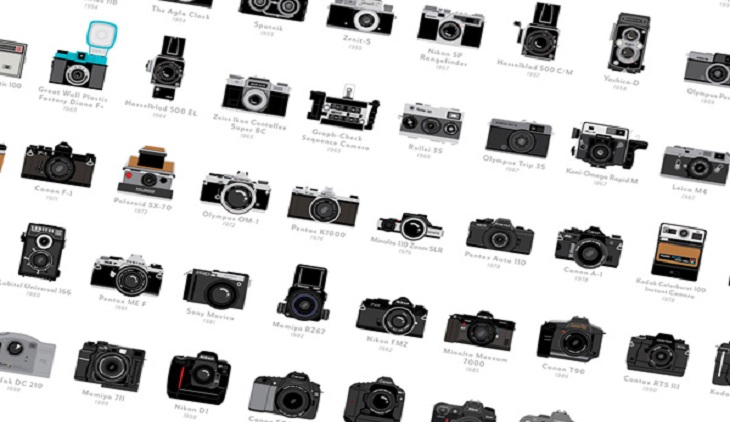
The old issue of those boxes full of photographs we used to see in our closets seems to have a simple and effective solution now, thanks to digital photography. The truth is that we’ve replaced those heaps of prints with a mess of semi-cloud-synchronized albums and nameless digital files from every smartphone we’ve ever owned.
It’s so simple to wind up with images stored everywhere: in cloud storage, on your desktop, in folders on external devices, on thumb drives, on photo streams, etc. It can be quite difficult to organize all of those photographs, and the longer you wait, the harder it gets. Fortunately, there are a few easy steps you can follow to manage, organize, and regulate your photo-saving workflow.
Step-By-Step Guide to Manage Your Photographs Effectively
Here are the steps that you may follow if you want to keep your photos and devices well-organized and clutter-free.
Organized planning
Make a plan for how you want to arrange your images and familiarize yourself with Windows’ built-in photo organization. Photos are downloaded to system-generated subfolders in the Pictures file that is already configured in Windows’ Documents folder. You can discover your images and further plan your organizational system by knowing where they are initially sent when you download them.
Naming
As soon as you download a shot from your camera, give each one a name to make browsing through your digital photos easier. By default, camera software gives photos alphanumeric file names, but you may change this by selecting the desired image with the mouse, right-clicking, and selecting «Rename» from the menu.
Tagging
Organizing photos further and making searches easier can be accomplished by tagging images with dates, subjects, events, or locations. One or more tags can be added by opening the photographs in Microsoft Photo Gallery and selecting the «Add Tags» icon on the right.
The majority of third-party photo programs have tagging functionality as well. To find the application’s help or tutorial section, use the menu headers.
Give names to the images
Give digital images that have been edited in photo editing software additional name descriptors. For images that have been scaled or otherwise altered for color saturation, brightness, contrast, or other alterations, you may keep the original name. But adding names to distinguish the original image will help you find it in a search.
After making changes, hitting «Save» will give you the opportunity to alter the title. Alternatively, you can right-click on the image and name it that way.
Create folders
Instead of using the Windows default directories, make your own subfolders and folders for your images. The first step in organizing is to create folders, which can be done by right-clicking on an empty space on your desktop. And then select «New» and «Folder» from the menu.
A highlighted box with a name-entry field will indicate the choice to name the folder. You can use folders on the desktop alone or by clicking and dragging them into other folders in the location of your choice.
Removal of Duplicates
Duplicate photographs may emerge from shifting digital photos from one location to another. Duplicates have the same name but have a number in parentheses after it. Exact duplicates should be removed to save time, clear up disk space, and simplify searches. To delete a photo, perform right-click on it and select «Delete» from the drop-down list that appears.
Your recycling or trash bin will receive the picture for ultimate permanent deletion. Also, you may make use of any best Duplicate Photo Cleaner app to help you in this process.
Conclusion
It can be difficult to organize a disorganized collection of digital photos. But making a strategy and putting it into practice will almost save you a ton of work down the road. And could even save you from losing pictures that are important to you.






